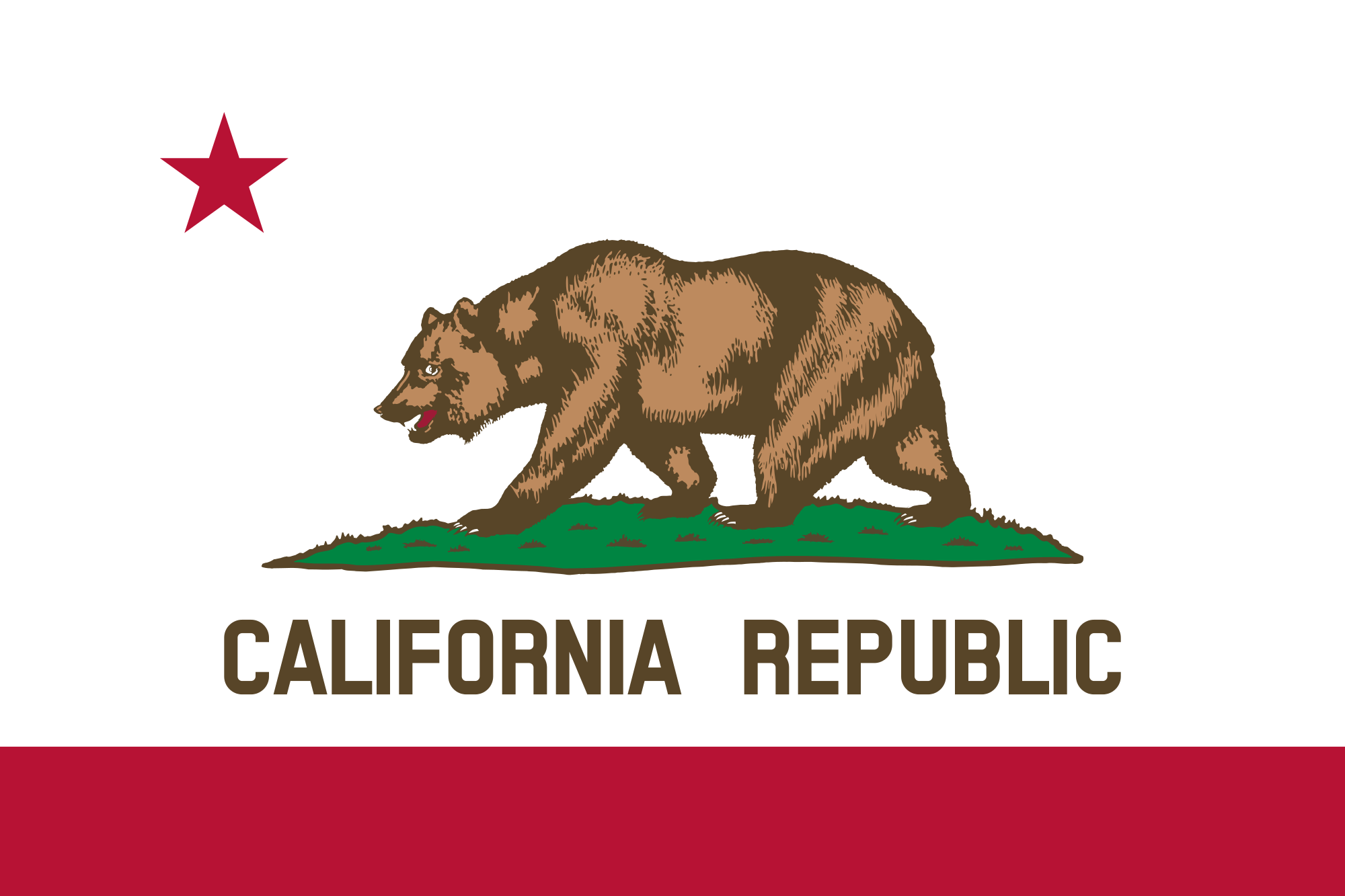If California really is the heart of the Trump Resistance, our state’s propaganda warriors have some work to do.
While showdowns over climate policy and sanctuary cities mark the political skirmishes of the day, there is a broader battle to be waged. It falls to all of us — across the political spectrum — who were dismayed by the rise of Trumpism to do more than simply “resist.” If we want an alternative to Trumpism to take hold, it is our responsibility to articulate a coherent, realistic and palatable message and plan for our future.
That’s no easy task. The problems facing our nation, including California, are complex. I have tried in this space to explore and hash out some of our state’s most pressing issues in an honest, and clear-eyed way. The hope is to continue a conversation that can help develop understanding of our challenges and help policy makers make more informed decisions about the future of our state.
We want to be properly prepared for the California we are becoming.
We also need a language about how to discuss our issues, and proposed solutions. The way we talk about politics informs our political ideology and shapes the way we think. Hence the Grizzly Bear mantra: Story Matters.
A recent Washington Post piece by Una Cadegan, an associate professor of history at Ohio’s University of Dayton, examines how an old political story continues to shape our current politics and how narrative informs our political understanding – even when that narrative is formed with a distorted version of the facts.
Cadegan points to a study by the 2016 American National Election Study that finds “President Trump’s voters tended to agree more than past Republican voters with the notion that “Italians, Irish” and other immigrants “overcame prejudice and worked their way up,” and that “Blacks should do the same without any special favors.”
There is debate about whether the rise of Trump has more to do with economic angst or racial thinking. In California, an ever-smaller number of aging whites control an ever-larger share of the resources while our children, who face eroding economic opportunity, are 75% non-white. Here, the difference between race and class is often a difference without a distinction.
As the nation lives through another period of economic uncertainty and isolationist, anti-immigrant thinking, Cadegan points out that the myth of immigrant self-reliance among America’s previous waves of newcomers is just that – a myth.
The truth is that government investment and action have always been crucial in helping new waves of immigrants, and building the American middle class. Previous waves of newcomers benefited from dramatic expansions in government intervention and government power throughout much of the 20th Century.
“In the Progressive Era at the century’s beginning, both local and national government took increasing responsibility for urban infrastructure, public health and education, among other things — commitments that helped establish the stability necessary for the upward mobility of these immigrants over the subsequent generations,” Cadegan writes. “Good sanitation, municipal garbage collection, public schools, pure-food-and-drug laws and child labor laws all ensured that these newcomers could acquire stable footing in their new homes. In that way, large government investments helped facilitate the transition from immigrant generation to American-born and -raised.”
The American middle class expansion of the 20th Century – the largest expansion of the middle class in modern history — was shaped by government action. Government served as an arbiter of the rules to protect workers, as a provider of safety-net services and as an investor and job creator, building public infrastructure that allowed the private sector to grow and thrive.
“The New Deal and its protections for labor unions, along with the massive increase in industrial production for World War II, gave a boost to immigrant workers, and the building of the interstate highway system and the mortgage interest deduction made moving to the suburbs (and thus homeownership and wealth conservation) possible. Perhaps most importantly, the Serviceman’s Readjustment Act, better known as the G.I. Bill, helped a generation of Americans without much money to attend college.”
The example of the G.I Bill also has important lessons for backers of government action. African Americans were unable to take advantage of its full benefits because of overt housing discrimination. Exclusionary housing policies kept many from being able to benefit from the wealth accumulation that came with real estate in the 20th Century for millions of American families. It serves a reminder that public investment is not enough. We must also strive for equity in how those investments are made and realized.
That said, the broad American story of the 20th Century saw “countless American family histories follow the path from unskilled immigrant labor to college-educated professional work in two generations, and this series of programs helps explain how.”
But the story we tell ourselves is somewhat different. There is now a pervasive belief that America was built without government action. This story has been growing in our society for the better part of 40 years.
The ascent of Ronald Reagan in the late 1970s signaled a rise of the Rugged Individual in our politics, and as the chief protagonist in our political storytelling. The conservative wave — which began with Barry Goldwater and first crested in California with Howard Jarvis and Reagan — eventually swept not only our state, but our nation. Its waters even washed the Democratic Party, first into oblivion, and then to the right with Bill Clinton’s proclamation that “the era of big government is over.”
That period was also one of government disinvestment. At the beginning of the era, it was the paring back of the social safety net amid cries of “Welfare Queens.” By the end, the disinvestment was the scaling back of the defense industry as the Cold War ended.
The end of the Cold War had a particular impact in California. In Los Angeles, roughly one in three manufacturing jobs were based in the defense industry before 1990. The federal spending reductions accelerated the transformation of our state’s economy from one of manufacturing, to the state we see today that is anchored in health care and other service-sector work.
The late 1970s is also the moment when American society was its most economically equal. In the four decades since, we have become more affluent and productive in the aggregate, but the economic gains have gone overwhelmingly to the top.
The flip side of this is that our poverty numbers are staggering. In California, more than one in five people live in poverty, according to the U.S. Census Bureau.
Still, many bristle at the notion of government intervention. “We often feel free to reject politics that would uplift the poorest because we don’t owe anything of what we’ve worked hard for to fellow citizens we imagine as working less hard,” Cadegan writes.
But what if we changed the idea of what it means to receive a boost from government? In his recent article, “Supply Side Economics, For Liberals,” Neil Irwin writes about a growing effort among liberal thinkers to change how people think about public assistance. Instead of the conservative notion of the safety net as a “hammock,” allowing recipients to chill out on the dole, “certain social welfare policies, according to an emerging body of research, may actually encourage more people to work and enable them to do so more productively … In the emerging liberal version, government programs enable more people to work, and to work in higher-productivity, higher-income jobs. The end result, if the research is correct, is the same: a nation that is capable of growing faster and producing more.”
That thinking lines up with the point made by Cadegan: The Horatio Alger myth is compelling, but the “bootstraps story is not historical. The social mobility of the immigrants of yesteryear was a result of hard work, courage and perseverance — but it was also the result of vast public investment (and) government subsidy.”
Selling more government is not easy, and is even less so outside of California. Even in our state, as Joel Fox warns, those who push for endless taxes without accountability or fail to deliver on political promises do so at their peril. Even in bluest California, observers and political leaders should be wary of loading on too many different taxes and fees without explicitly making the case to voters about why they might be necessary.
But the point that Cadegan makes still holds: Our real American story is more complex and nuanced than the one we often tell ourselves.
And that is a story worth telling.






